More and more, it feels like the world is moving faster. Things that used to take months can be done in weeks, news stories appear and disappear in the span of a single day, and entire cultural moments seem to pass by every time you blink.
That’s extended to the way we do things as well. Instant gratification is the name of the game, and we’ve come to expect things faster than ever. If you can take out your phone and pay your bills in five minutes, or rent a movie, then why shouldn’t you be able to do everything else that quickly too? It just makes sense.

So Can You Get Whiter Teeth Over Night?
However, there are still a few things that are worth waiting for. You might be able to change your hair color in a few hours, but whiter teeth aren’t something you can achieve quite that quickly.
Results can take time, anywhere from months to a year or so. If you want a whiter smile, then you need to be willing to wait for the kinds of results that can really make a difference. That doesn’t mean you have to wait forever, though! Even though teeth whitening is still a process, the technology is continually advancing, and it’s easier than ever to end up with a pearly white smile in only a few months or so.
The truth is, there’s really no magic wand for whitening your teeth. There’s really no way you can just flip a switch and make it happen. But that doesn’t mean you don’t have plenty of effective options to give yourself the smile you’ve always wanted!
There are a lot of different teeth whitening solutions out there, and it can sometimes be a little overwhelming to figure out which one is best for you. That being said, there are a ton of resources available if you know where to look!
You can look online, read blog posts and articles like this one, or check out magazines about teeth and overall health. It’s also always a good idea to check with your dentist before you make any big decisions.
They are the experts, after all, and nobody knows your teeth better than they do! No matter what you decide to do, the important thing is that you find a teeth whitening solution that you’re comfortable with, and that won’t cause you any trouble. Here’s a little information you might find useful about what causes teeth to turn yellow and how you can fight it.
What Causes Yellow Teeth?
The time it takes to turn your teeth white is going to depend on a lot of things, including the whitening system you end up going with and how severe the staining on your teeth is.
There are also a lot of reasons why your teeth might turn yellow, and knowing which one is causing your particular problem is going to go a long way towards letting you know how to fix it. For example, if you’re a smoker, then you might not want to waste a ton of money on whitening products before you quit.
Nicotine can leave very dark and severe stains on your teeth, and it can happen quickly. Even if you’re using an effective whitening solution, your teeth can end up just as yellow as they used to be. That’s why it’s so important to consult with your dentist before you make too many decisions about your teeth. They know what they’re talking about, and they’ll be able to give you the advice you need before you make the call.
Don’t be afraid to try something new if a particular product isn’t working for you! At the end of the day, the only one who decides what goes on your teeth is you, so don’t get too stuck on any one potential fix.

The most common cause of yellowing teeth is going to be plaque. You’ve probably heard about plaque a million times from every dentist you’ve ever had, but it’s worth going over again.
Plaque is a thin biofilm that develops in your mouth after eating, made up of leftover food matter and bacteria. It’s very thin and colorless at first, but it can turn your teeth yellow as it starts to build up on them. The good news is that plaque is pretty easy to get rid of.
All you have to do is brush your teeth regularly, and you’ll brush away any plaque that forms on your teeth. The American Dental Association recommends brushing your teeth twice a day, every single day, and flossing once a day to get those hard-to-reach places between your teeth.
If you do this every day, as recommended, then you should do a pretty good job of keeping your teeth clean. However, if you allow plaque to stay on your teeth, then the bacteria in it will start to eat away at the outer layer of your teeth, called enamel.
Enamel is a thin white coating that protects the inner layers of your teeth from damage. It’s very thin, but it’s also very strong, and it’s what allows your teeth to crush food all day, every day, without being damaged.
However, bacteria or acids in certain foods can eat away at your enamel, causing it to become thinner. Not only is this bad for your teeth, but it can also cause your smile to look more yellow. Underneath the outer layer of your teeth is another layer called dentin.
Dentin is much more yellow in appearance, so as your enamel wears away, the tooth starts to look more yellow overall. This tends to happen naturally when we age, as a lifetime of chewing, brushing, and grinding our teeth causes the enamel to wear away. Once your enamel is gone, it can never come back, so make sure that you’re taking good care of it!
Damage to your enamel isn’t the only thing that can happen if you leave plaque on your teeth, and the other big thing can cause even more yellowing than just plaque alone. If you leave plaque on your teeth for a little while, between 48 and 72 hours, it can mix with minerals in your saliva and turn into tartar.
Tartar appears as small, yellow-brown deposits stuck to your teeth. If your teeth are coated with tartar, it can make them look even more yellow than just plaque by itself. Both plaque and tartar attract more stains than your enamel alone, so it’s harder to keep your teeth white if you have tartar. Worst of all, tartar is nearly impossible to brush away at home and can usually only be removed by your dentist.
That’s why it’s so important to stick to regular cleanings, about once every six months or so. Tartar is a pretty common condition, with about 68% of American adults suffering from it, but it’s still best to try to avoid developing it if you can. Remember, you only have one set of adult teeth, so it’s in your best interest to avoid stuff like tartar.
Besides plaque and tartar, another pretty common cause of yellow teeth is staining from food or drink. Anything you eat or drink, especially stuff that’s darker colored, leaves residue behind on your teeth and can stain them if that residue isn’t brushed away. If you keep your teeth clean, then it’s easier to avoid staining.
Enamel is very smooth, and it’s difficult for stains to stick to it. However, plaque and tartar are much more porous, so stains stick to them easily. That’s actually good news for you, though! Since the stains are usually stuck to the plaque and not your actual tooth, that means you can easily brush them clean. Stains attached to tartar are more difficult, of course, and usually need to be bleached away or removed by your dentist.
Yellow Teeth & Stain Removal
There are two different kinds of stains: extrinsic stains and intrinsic ones. Extrinsic stains are the most common type and are also the easiest to get rid of. As the name suggests, extrinsic stains are stains on the outside of your tooth.
They’re usually caused by the pigments in stuff you eat and drink, particularly dark things like red wine or soy sauce. These stains are generally yellow in color, although they can also be the color of whatever you ate or drank. Beets, for example, leave dark red stains on your teeth, while coffee stains are more of a light brown.
If you notice extrinsic stains on your teeth after you eat, just give them a thorough brushing. Unless they’ve bonded to tartar, usually, the stains will be lifted away. Even just rinsing your mouth out with water after eating can go a long way towards keeping your teeth nice and clean. If you leave the stains, however, they can turn into a bigger problem.
Intrinsic stains are a little more serious than extrinsic ones. Unlike extrinsic stains, intrinsic stains go deeper than the outer layer and are almost impossible to remove.
These stains can sometimes be caused by food residue leaching into your teeth through the enamel, but this is mostly pretty rare. The most common cause of intrinsic staining is medication, some diseases, or overexposure to fluoride. Instead of a yellow coloring covering the entire tooth, intrinsic stains usually appear as small dark spots in just a small section of your tooth.
Because they can’t be brushed away, intrinsic stains are pretty tricky to get rid of and often have to be covered up with crowns or veneers.
Fixing Your Yellow Teeth
There are a million and one ways to fix your yellowing teeth and a million different factors to consider as well. Besides the speed, you have to think about strength, cost, convenience, and any possible side effects.
Don’t be afraid to do a lot of research before you land on an answer! There’s nothing wrong with taking your time, and it’s important to find the perfect solution for your specific needs. As always, brushing and flossing your teeth are the foundation for any potential teeth whitening solution.
If you’re not keeping up with your regular dental hygiene, then you may as well be throwing your money away. It also never hurts to ask your dentist if you have any questions or to see if they have any recommendations for you.

Most of the common teeth whitening products you can buy at the store use a diluted hydrogen peroxide solution to bleach your teeth white. This is considered to be perfectly safe and is usually fine for your enamel, but there are some potential side effects to be considered.
If you’re uncomfortable using chemicals on your teeth, that’s totally fine! It’s essential that you only use products that you’re 100% comfortable with, so don’t use any teeth whitening products unless you’re sure.
Again, if you have any questions at all, don’t hesitate to get in touch with your dentist. They can go over the potential side effects with you and help you decide how you want to proceed.

You can always start with gentler natural remedies like oil pulling if you don’t want to go straight to peroxide. Dating back to ancient India, oil pulling is a natural method of whitening your teeth that involves swishing about a teaspoon of oil around in your mouth for a few minutes before spitting it out.
This process is supposed to collect all the bacteria in your mouth that cause cavities, leaving you with cleaner and healthier teeth. There’s not much by way of evidence supporting this claim, but there are plenty of people all over the world that swear by it.
Honestly, as long as you use something edible for the oil, there’s no harm in trying it out. If you find that it doesn’t work, you can simply move on to something else.
If you do want to use a peroxide-based whitening agent, then there are a ton of different ways you can go about doing it. The first is that you can get your teeth whitened at your dentist’s office.
This avoids the possible complications of trying to handle it yourself, which is always a bonus. It’s also one of the faster ways of whitening your teeth, only lasting a few weeks. It involves taking several trips to the dentist over a several week period, spending about 90 minutes in the chair each time.
There, the dentist will apply the peroxide solution to your teeth and bleach them. Even though it takes a few sessions to complete, you should start to see results after the first trip. However, there are some downsides to this method. It’s pretty expensive, and most dental insurance plans won’t cover it.
It’s also pretty inconvenient to take a trip all the way down to the dentist’s office every few days. Plus, who likes going to the dentist?

If you want to skip the dentist’s chair, there are a ton of choices available for at-home teeth whitening products. Whitening strips are one of the most common types. They’re cheap, pretty easy to use, and available at most grocery and drug stores.
Whitening strips are thin, flexible strips of plastic that have been coated with peroxide. All you have to do is place them on your teeth and wait - easy peasy. The whole thing takes less than an hour, and you only have to do it once a day.
It’s worth noting that you have to be careful about the ingredients in whitening strips, though. Some of them are made with chlorine dioxide, which is the same chemical used to clean pools. It might work well for the water, but chlorine is way too strong for your teeth, and it can end up stripping off your enamel if you’re not careful.
If whitening strips aren’t doing the trick, you can always give whitening trays a shot. This system is based around trays filled with a peroxide gel that you put on your teeth like a mouthguard.
The trays are often more potent than the strips, which means you can usually see slightly faster results. The gel is also a lot better at reaching the little nooks and crannies between your teeth than the strips are, making it a more complete system. However, there are still a few downsides.
The trays have to be left in for quite a while every time you use them, which can be pretty inconvenient. You kind of have to plan your night around the trays, and you can’t eat or drink while they are in your mouth. Still, they make a pretty solid alternative to whitening strips, and they’re a decent choice for anyone looking for a whiter smile.

What If You Can't Get Rid of Yellow Teeth?
What if neither the strips nor the trays are working for you? If neither one seems quite right, you can always give wand-based systems like Snow a try. Snow is the best of both worlds. The system is based around an applicator wand that you use to apply a gel to your teeth like you’re painting a fence.
The wand is much more precise than the strips and allows you to get all those little spots in between your teeth. Snow also works a lot faster than the trays do, only taking between 10 and 30 minutes a day, depending on how much whitening you want to do.
The system also includes Snow’s special LED activating light, which helps the gel whiten your teeth faster and with more efficiency. While it might be true that there’s no magic bullet that can give you whiter teeth overnight, Snow is probably the closest you can get for now.

Whatever whitening product you end up using, there’s never been a better time than right now to get started on your teeth whitening journey, you can read more here.
You may not be able to whiten your teeth overnight completely, but there are so many options out there that are fast and effective. Your path to a whiter and more beautiful smile starts now!

















































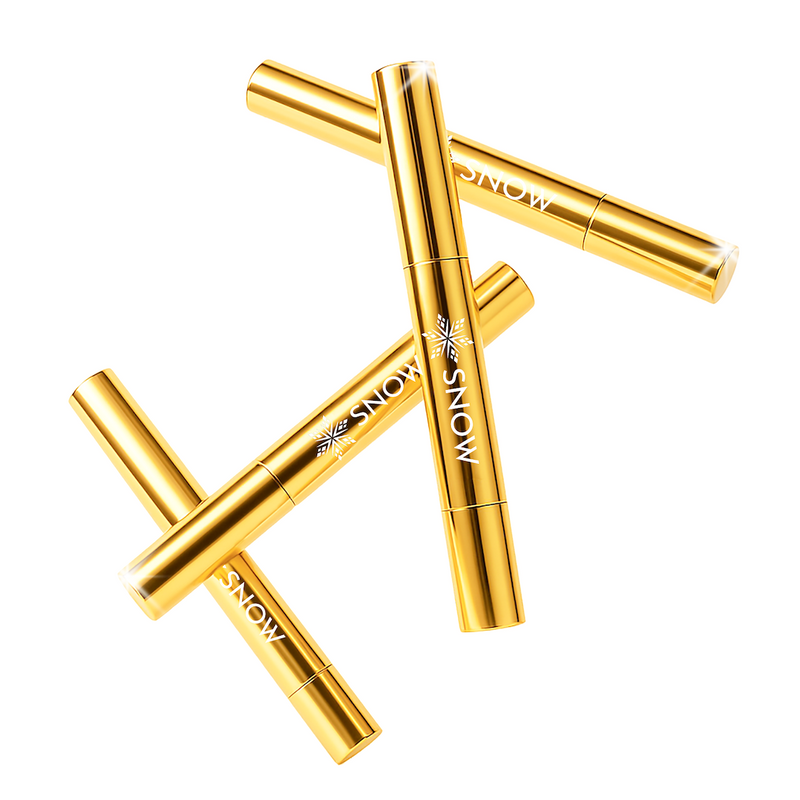

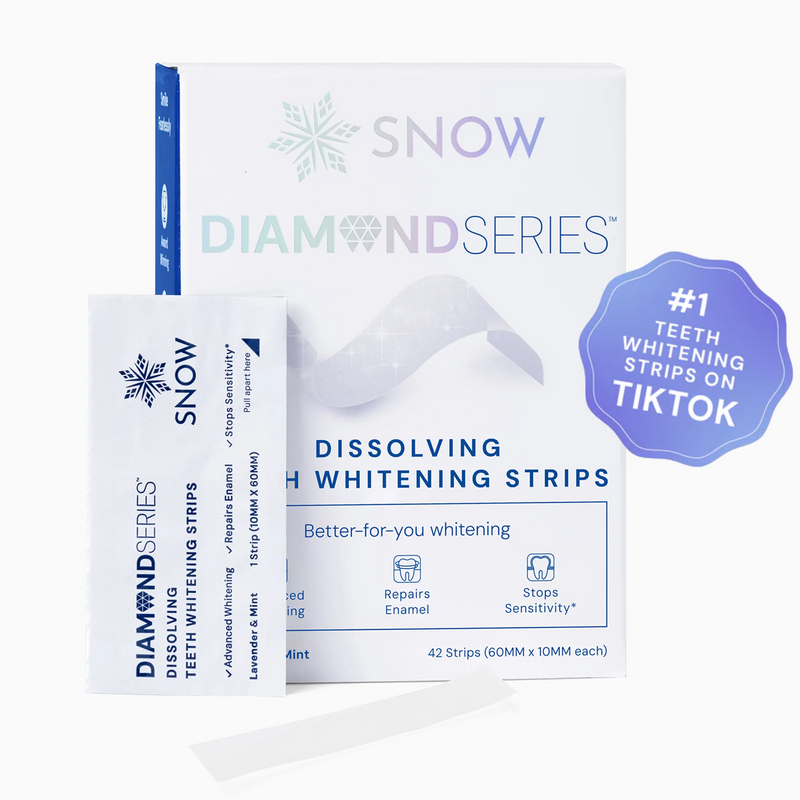
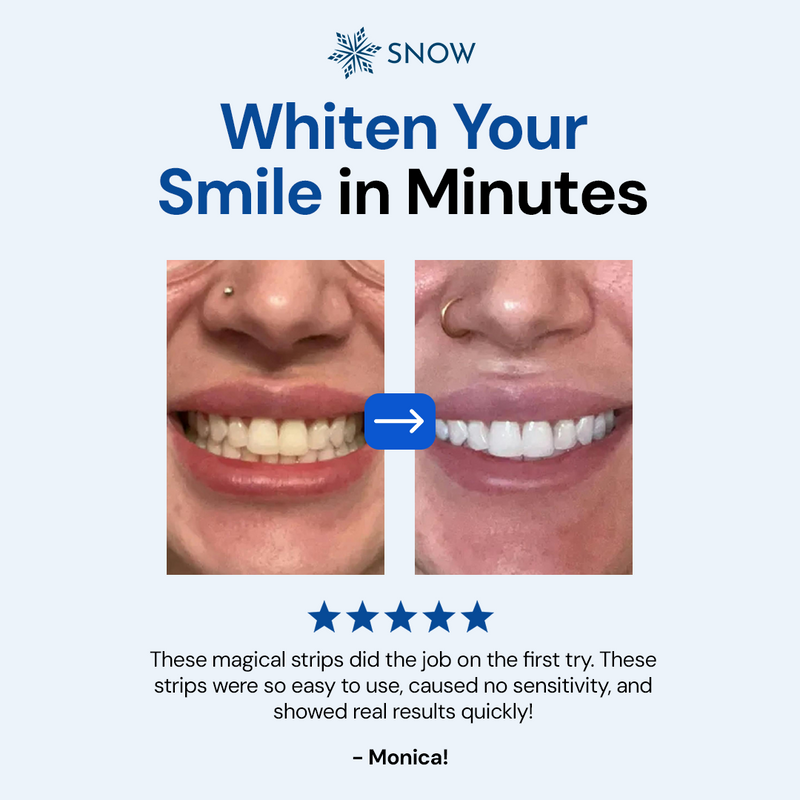
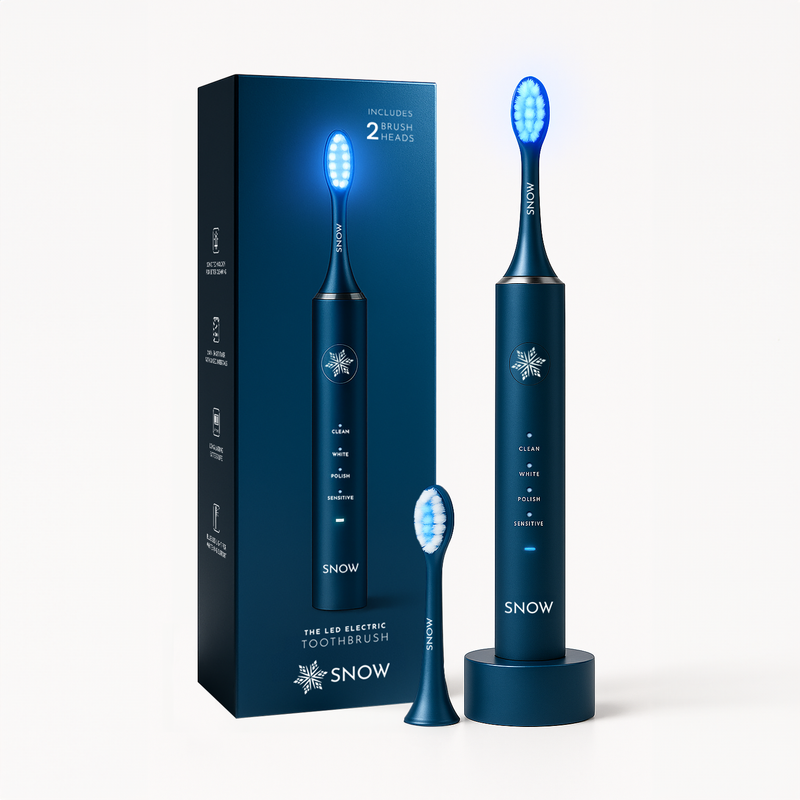

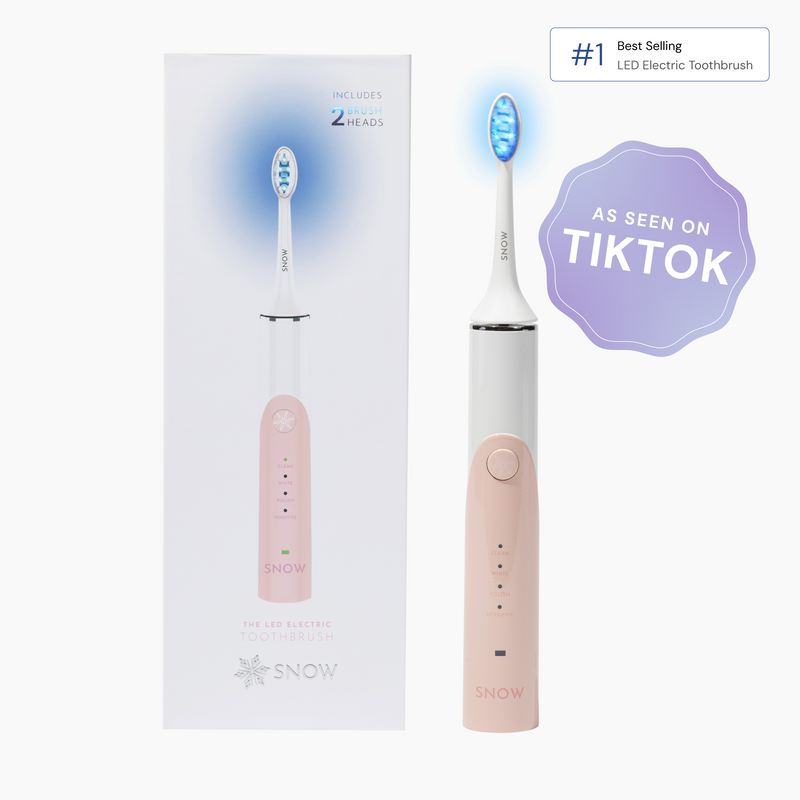




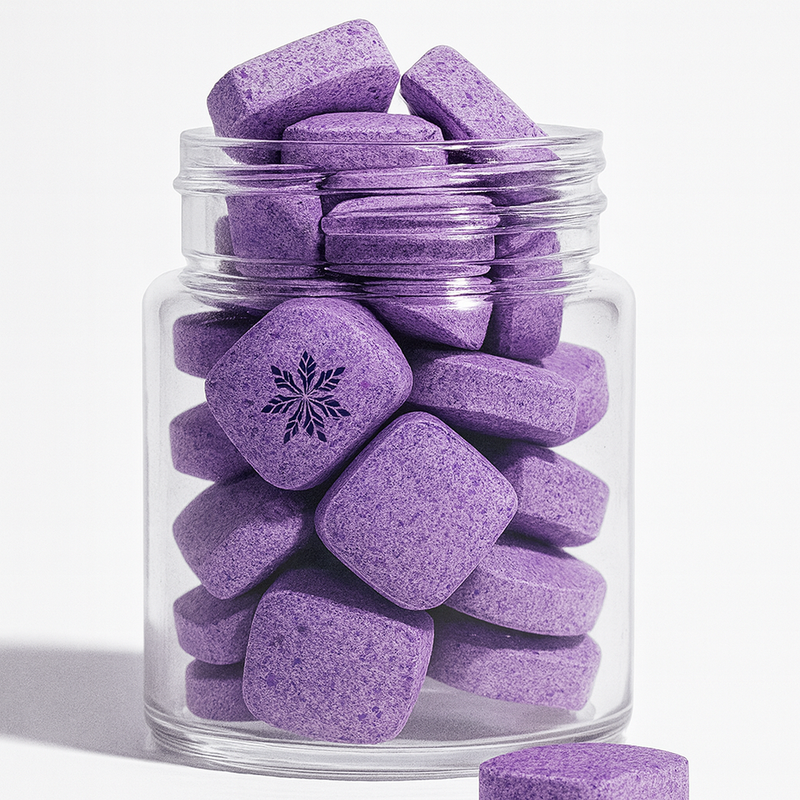
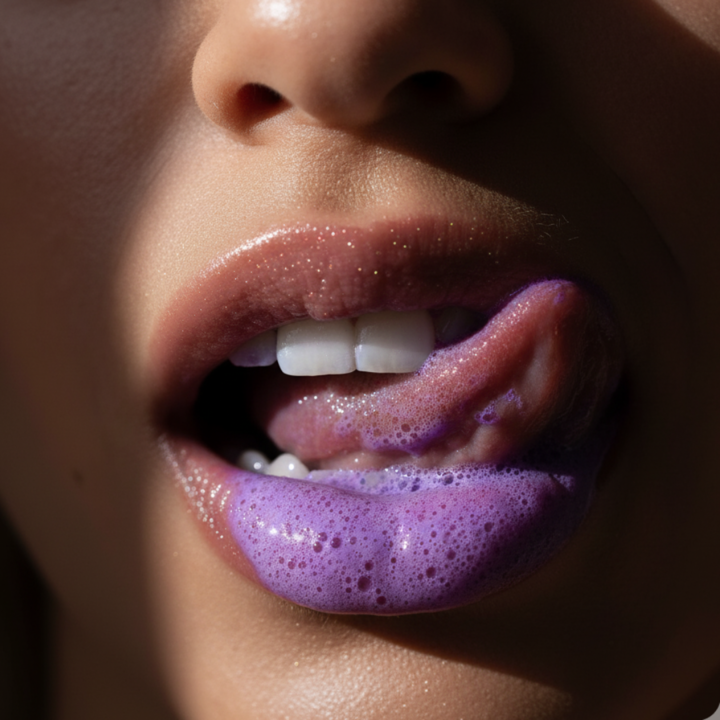







![Is It Safe to Use Whitening Toothpaste Everyday? [The Real Answer]](http://snow-teeth-whitening.myshopify.com/cdn/shop/articles/is_it_safe_to_use_whitening_toothpaste_everyday.png?v=1759931228)


